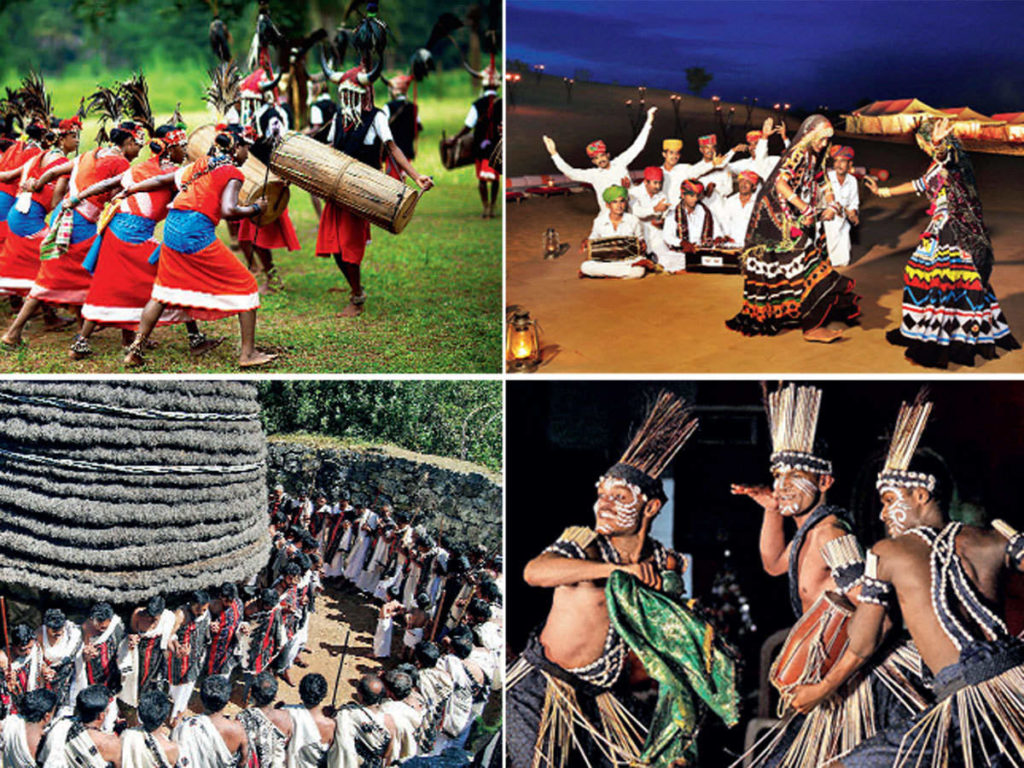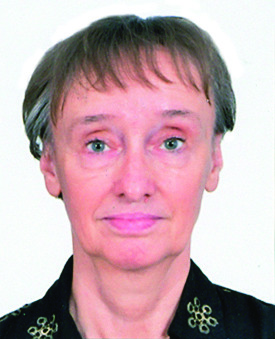Since they are also treated apart as a caste, not so much discriminated as the Dalits are we are addressing the subject separately. Tribal religions in the North, particularly the Northeast mountains of South Asia, believe in various ancient traditions of spiritualism known as animism and/or ancestor worshipping they believe in cosmic oneness where everything is considered to be one. They belief that objects, places, and creatures all possess a distinct spiritual essence. Potentially, animism perceives all things animals, plants, rocks, rivers, weather systems, human handiwork, and perhaps even words as animated and alive. Apart from northeast India, Bangladesh, Nepal and Ladakh share such beliefs among their population. The region is home to hundreds of tribes and each tribal community follow their own culture and traditions.
Kirat Mundum, also known as Kirati Mundum or Kiratism, for instance, is the indigenous religion of the Kirati ethnic groups of Nepal, Darjeeling and Sikkim, majorly practiced by Limbu, Rai, Sunuwar, Yakkha and Newar peoples in the north-eastern subcontinent. The religious texts for each tribe consist of customs, habits, rituals, traditions, and myths passed down from the Kirati tribe’s ancestors. Kirats practice shamanism and their rituals are mostly related to the worship of Mother Nature, ancestors, sun, moon, wind, fire and main pillar of house. The Tripuris are another tribal community living both in the plains and the Chittagong Hill Tracts in Bangladesh.
Bangladesh shares some of the tribes living in the Chittagong Hill Tracts with neighbouring India and Burma. The Chakmas are the largest tribal group of Bangladesh. Buddhism is the most common religion within the tribe. Marmas are the second largest tribal group in Bangladesh and they are of Burmese (Myanmar) ancestry and profess Buddhism. But even their Buddhism is usually mixed with remnants of their original tribal beliefs.
A majority of the Tripuri people follow admixture of Hinduism and Animism. Some have converted to Christianity and Islam. There is a small number of Buddhists as well. The Tanchangya people are one of 13 indigenous ethnic communities living in the Chittagong Hill Tracts. Tanchangyas also live in northeast Indian states (Assam, Tripura and Mizoram) and Rakhine State of the Myanmar. They are mostly Buddhists. The Mru people are considered the original inhabitants of the Chittagong Hills where they migrated from Arakan of Burma from the 14th–15th century. As in most cases, they claim to be Buddhists, but their religious practices are largely mixed with animistic beliefs and practices. The Khasis are a tribal people, the majority of whom live in the state of Meghalaya in northeast India, with small populations in neighbouring Assam, and in parts of Bangladesh. Khasi mainly follow their tribal religion, called variously, Ka Niam Khasi and Ka Niam Tre in the Jaintia region and within that indigenous religious belief the rooster is sacrificed as a substitute for man, it being thought that the rooster “bears the sins of the man and by its sacrifice, man will obtain redemption”. Some have converted to Christianity. The Garos, another tribal people, are an indigenous Tibeto-Burman ethnic group from the Indian subcontinent, notably found in the Indian states of Meghalaya, Assam, Tripura, Nagaland, and neighbouring areas of Bangladesh. They are one of the few remaining matrilineal societies in the world, meaning they take their clan titles from their mothers. The Garo tribal religion is popularly known as Songsarek. They believe in the sun, moon and nature. However, some have converted to Christianity which they mix it with ancestral beliefs as well.
Manipuris are one of the major ethnic communities of Bangladesh and of Manipur/India. Manipuris migrated to the region from Burma in the 18th century, they follow only two religions, with overwhelming majority of them practicing variants of Hinduism. Around 16% of Manipuris traditionally believe in Sanamahi religion named after god Sanamahi. Most follow both Hindu as well as Sanamahi religious traditions and rituals.

A significant aspect of the north-east region is that there is absence of a caste system. In India, the majority of the people in Mizoram, Meghalaya and Nagaland are Christians and there are many people in those states and in Arunachal Pradesh who still practice the traditional tribal religion. The Munda, Khamba, Khamti and Singpho people are mostly Buddhist. Tribal people here have for centuries lived in isolation and still prefer to do so. They mainly believe in cosmic oneness, where all things are seen to fundamentally share the same nature and same interaction with each other rocks and forest trees, beasts and serpents, the living, the dead and first ancestors are all considered to be one.
Another aspect of religious practices in the north-eastern region is clearly visible in Nagaland. There is a belief among the Nagas that there are different types of spirits sky spirit and earth spirit. Then there are also the house spirits, field spirits and jungle spirits and depending on their inherent nature, spirits are good or bad. The Nagas also believe that spirits can influence the nature or personality of a person and each place is associated with a spirit. They believe that if there is a place there will be a spirit of the place that is supposed to be feared and propitiated.
The Mishmi or Deng people of Tibet and Arunachal Pradesh are an ethnic group comprising mainly three tribes: Idu Mishmi, Digaro tribe, and Miju Mishmi. The Mishmis occupy the north-eastern tip of the central Arunachal Pradesh. In China, the Mishmi-Idu are classified as Lhoba people. Apart from their ancestral beliefs the Idu-Mishmi in Arunachal believe that Rukmini, the consort of Lord Krishna belonged to their tribe. The Mikir are one of the major ethnic communities in northeast India and especially in the hill areas of Assam. Most of them still practice Animism with their cultural and traditional influences. The practitioners of traditional Animism believe in reincarnation and honour the ancestors. They mix it with beliefs originating from Vaishnavism. Many more names of tribal hill people could be mentioned. The religion, as discovered in the north-eastern cultural region, is different from what it is in other parts of tribal South Asia. They have some elements of religion in common, such as naturism or animism propelling a belief in the hierarchy of functional gods, deities and spirit reigning over them in a kind of kingdom and in a soul-substance hovering around their life. They have a basic philosophy of religion that binds them all and invokes their faith in the supernatural. The religious demography of the north-eastern region is diverse. From temples to monasteries, and churches to mosques, this region is a spiritual abode for travellers. The region of the seven sisters is known to be a holy land wherein every corner one can find beautiful shrines of different religion and faith.
Contributed by:

Dr. Bettina Robotka, former Professor of South Asian Studies, Humboldt University, Berlin, Editor of the Defence Journal and a Consultant to the Pathfinder Group.





